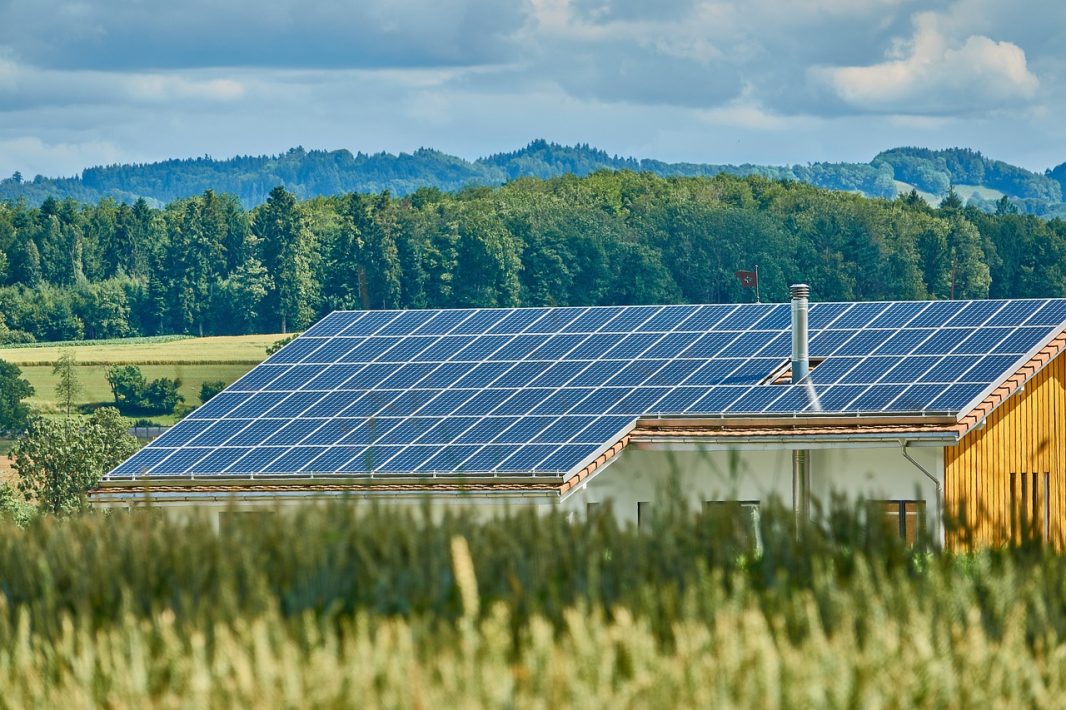As the world grapples with the urgent need to combat climate change and transition towards sustainable energy sources, solar power stands at the forefront of the renewable energy revolution. Over the past few decades, solar energy has made significant strides, becoming more accessible, affordable, and efficient. Looking ahead, the future of solar energy holds even more promise, with advancements in technology and supportive policies paving the way for a brighter, greener future. In this article, we will explore what to expect in the coming decades as solar energy continues to transform the global energy landscape.
Skyrocketing Solar Efficiency
One of the key developments in the future of solar energy lies in the continuous improvement of solar panel efficiency. Solar researchers and engineers are relentlessly working to enhance the conversion of sunlight into electricity, maximizing the power output of each solar panel. Emerging technologies such as tandem solar cells, perovskite solar cells, and multi-junction cells show great potential for significantly increasing solar efficiency.
Tandem solar cells, for instance, stack multiple layers of semiconductors with varying absorption capabilities to capture a broader spectrum of sunlight. Perovskite solar cells have rapidly gained attention due to their low-cost fabrication process and impressive efficiency gains. Such advancements are expected to drive down the cost of solar energy and make it even more competitive with traditional fossil fuels.
Lightweight and Flexible Solar Solutions
The future of solar energy will witness a shift from traditional rigid solar panels to lightweight and flexible alternatives. Solar textiles, solar shingles, and transparent solar windows are some of the innovative technologies being developed. Solar textiles integrate photovoltaic materials into fabrics, enabling them to be incorporated into various applications, such as clothing, tents, or even flexible electronic devices.
Solar shingles, resembling traditional roofing materials, seamlessly blend solar technology into residential and commercial structures. These shingles not only generate electricity but also provide weather protection. Transparent solar windows, on the other hand, can be installed in buildings, allowing natural light to pass through while harnessing solar energy. These advancements promise to integrate solar power more seamlessly into our daily lives and urban environments.
Energy Storage Revolution
As solar energy capacity increases, energy storage solutions become crucial to ensure a continuous power supply even during cloudy days or nighttime. The future of solar energy will see significant advancements in energy storage technologies, particularly in battery systems. Lithium-ion batteries, already prevalent in various industries, will continue to improve in terms of capacity, performance, and cost-effectiveness.
Moreover, emerging technologies like flow batteries, solid-state batteries, and advanced hydrogen storage offer exciting potential for long-term energy storage. These advancements will not only increase the reliability of solar energy but also facilitate the integration of renewables into existing energy grids.
Solar-Powered Transportation
The future of solar energy will extend beyond stationary applications and delve into transportation. Solar-powered vehicles, including electric cars, buses, and even airplanes, are set to revolutionize the way we travel. Solar panels integrated into the body of electric vehicles (EVs) will provide an additional power source, extending the range of EVs and reducing reliance on traditional charging infrastructure.
Solar-powered charging stations will also emerge, allowing EVs to recharge using clean and renewable energy. In the aviation industry, solar-powered aircraft are already being developed, with the aim of achieving emission-free flights using solar energy as the primary propulsion source.

Solar Farms and Floating Solar Arrays
As the demand for renewable energy surges, solar farms will play a pivotal role in meeting the energy needs of communities and industries. Large-scale solar farms are becoming increasingly prevalent in open areas, benefiting from economies of scale and providing significant energy output.
Additionally, floating solar arrays are gaining popularity, especially in regions with limited land availability. Floating solar farms installed on bodies of water not only generate electricity but also help in reducing water evaporation, improving water quality, and providing a sustainable solution for land-constrained countries.
Solar Energy Grid Integration and Smart Technologies
The future of solar energy will rely on advanced grid integration and smart technologies. The development of smart grids will facilitate seamless coordination between power generation, distribution, and consumption. This will allow utilities to manage solar energy fluctuations efficiently and optimize grid stability.
Moreover, advancements in Internet of Things (IoT) devices and artificial intelligence will enable better control and monitoring of solar energy systems. Smart inverters, for example, can dynamically adjust the voltage and frequency of solar installations, enhancing grid stability and reducing the need for expensive infrastructure upgrades.
Solar Energy for Global Electrification
In the coming decades, solar energy will play a critical role in providing electricity to remote and underserved regions around the world. Solar-powered microgrids can empower communities with reliable and sustainable energy, improving living standards, supporting economic growth, and enhancing educational opportunities.
In developing countries, where traditional power infrastructure may be limited or unavailable, solar energy offers a decentralized and cost-effective solution to bridge the energy access gap and foster inclusive development.
Conclusion
The future of solar energy is undoubtedly bright, as advancements in technology, coupled with supportive policies and increasing public awareness, drive its widespread adoption. With continuously improving solar panel efficiency, lightweight and flexible solar solutions, energy storage innovations, solar-powered transportation, and the growth of solar farms and floating arrays, solar energy is set to revolutionize the global energy landscape.
As we harness the power of the sun to meet our energy needs, we move closer to a sustainable and environmentally responsible future. Embracing solar energy today and investing in its development will pave the way for a greener, cleaner, and more prosperous tomorrow. Together, we can usher in an era of renewable energy and create a legacy of sustainable progress for generations to come.

